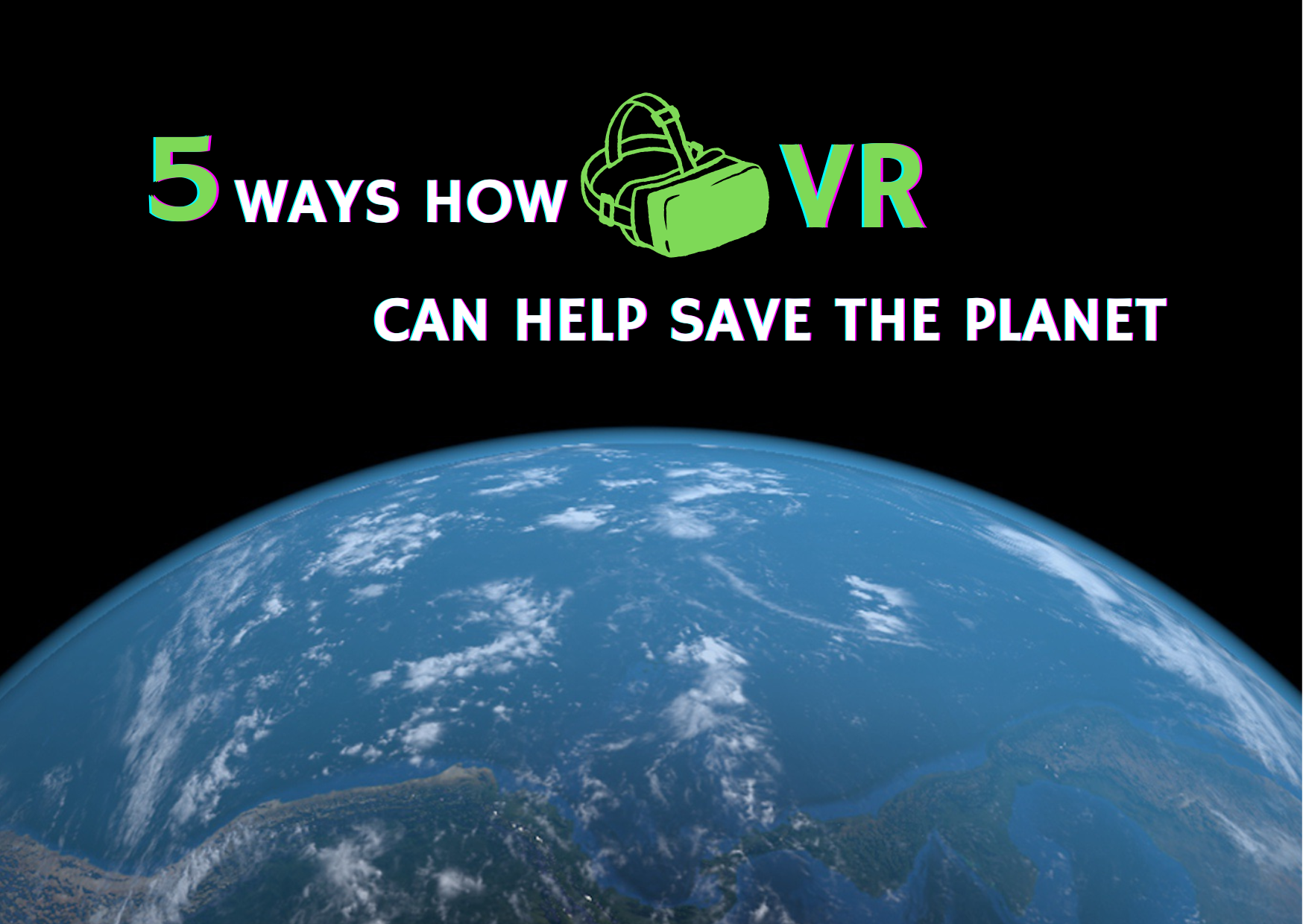Virtual Reality (VR) is not just for gamers and tech enthusiasts anymore. It’s a powerful tool with the potential to tackle some of the most pressing challenges of our time. From raising awareness towards climate change to reducing carbon footprints, here are five innovative ways how VR can help save our planet.
1. Environmental Education and Awareness
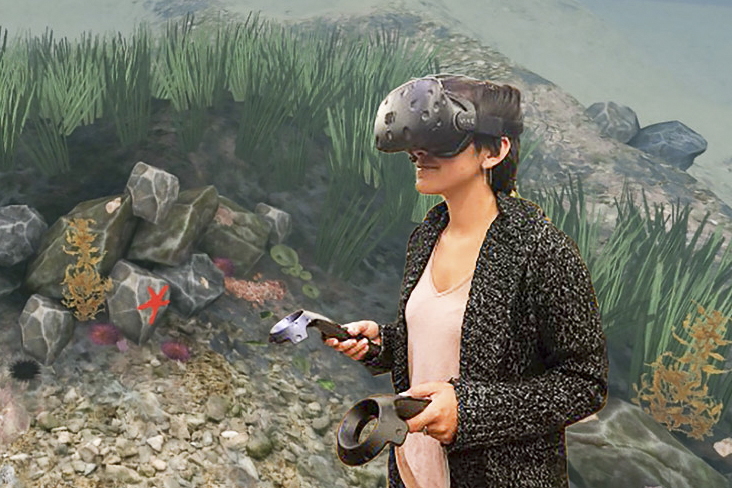
Source: Stanford Virtual Human Interaction Lab
Imagine standing in the heart of the Amazon rainforest or watching the coral reefs come to life around you. VR can transport users to these delicate ecosystems, making the consequences of environmental degradation palpable. Interactive VR experiences can educate people about the importance of conservation, the effects of climate change, and the beauty of biodiversity in a way that no textbook or documentary ever could. By creating a personal and emotional connection to nature, VR can inspire a generation of eco-conscious individuals ready to take action. A study by Bailenson et al. (2018) in “Frontiers in Psychology” demonstrated that VR experiences can significantly enhance environmental empathy and promote pro-environmental behaviors compared to traditional media.
2. Remote Collaboration and Virtual Workspaces

The COVID-19 pandemic accelerated the adoption of remote work, revealing the potential for significant environmental benefits. VR takes remote collaboration to the next level, creating immersive virtual workspaces where teams can meet, brainstorm, and work together as if they were in the same room. This reduces the need for commuting, cutting down on greenhouse gas emissions and easing traffic congestion. As more companies embrace virtual workspaces, the cumulative impact on reducing carbon footprints could be substantial.
3. Simulating and Solving Environmental Challenges
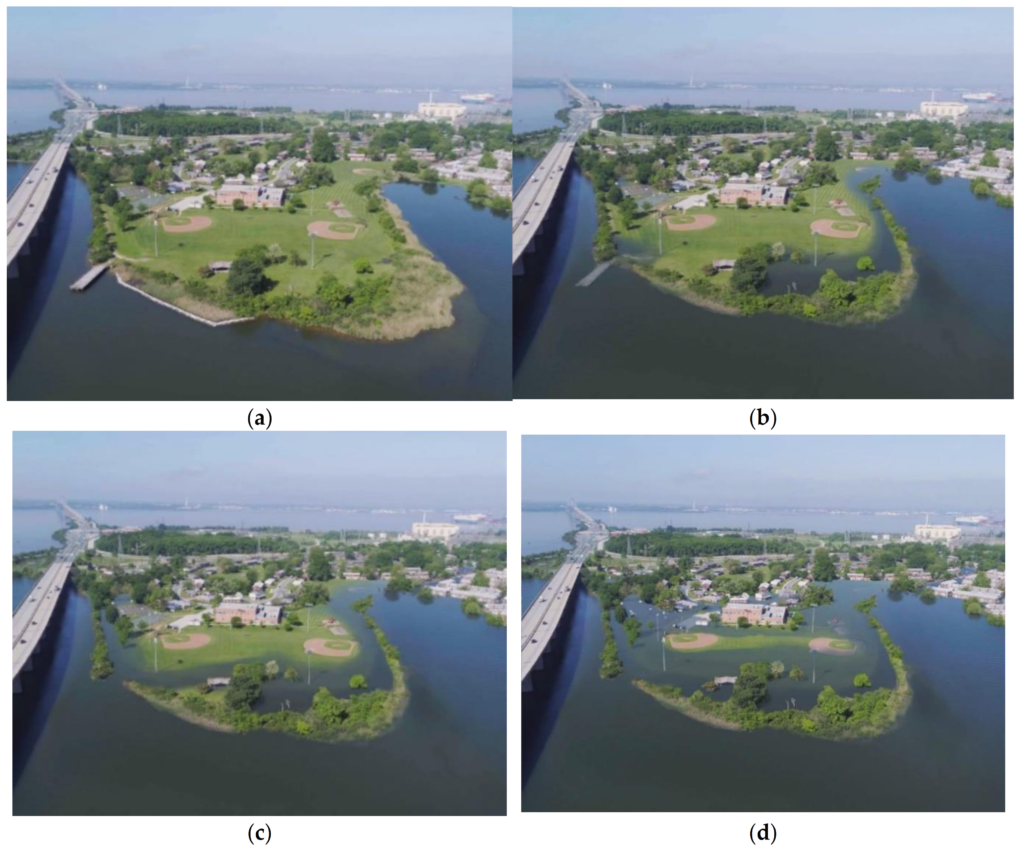
VR provides a safe and controlled environment to simulate environmental challenges and test potential solutions. For example, urban planners and environmental scientists can use VR to model the effects of rising sea levels on coastal cities or to design more efficient renewable energy systems. These simulations can lead to better-informed decisions, innovative solutions, and more effective strategies for mitigating environmental impacts.
4. Promoting Sustainable Behaviors through Gamification
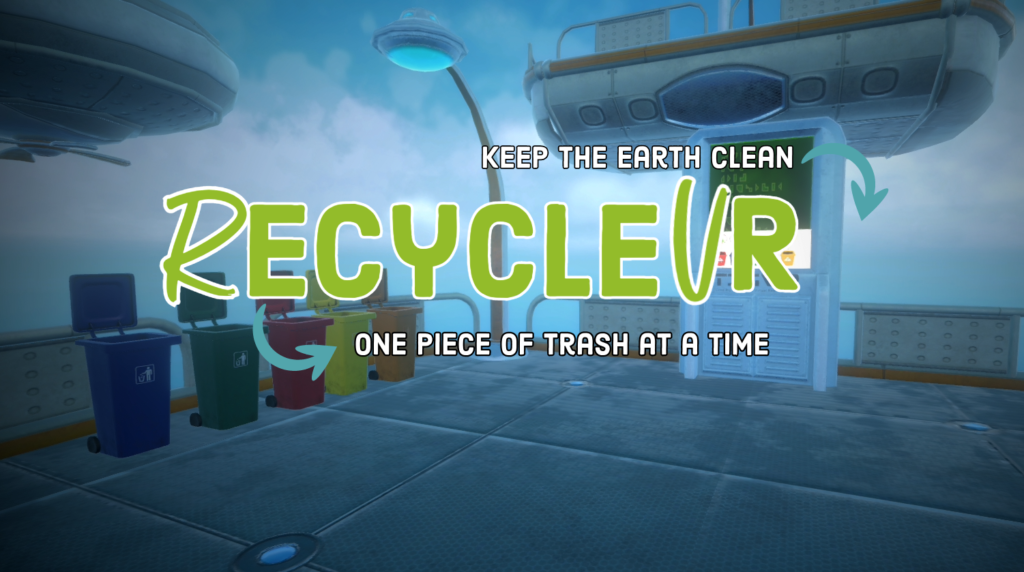
One of the most exciting aspects of VR is its ability to gamify experiences. By integrating elements of game design, it can encourage sustainable behaviors in an engaging and rewarding way. For instance, VR games can simulate the impact of recycling, water conservation, or energy-saving practices, allowing users to see the immediate benefits of their actions. These positive reinforcements can lead to lasting behavior changes, fostering a more sustainable lifestyle among users.
5. Virtual Travel Reducing Carbon Footprint

Travelling is wonderful, but it is also a significant contributor to carbon emissions, with aviation alone accounting for about 2-3% of global CO2 emissions. VR offers a compelling alternative. Through virtual tourism, people can explore distant lands, historical sites, and even outer space without leaving their homes. This not only reduces the carbon footprint associated with physical travel but also democratizes access to experiences that might be financially or physically inaccessible to many. Research by Guttentag (2010) in “Tourism Management” highlights the potential of VR to provide immersive travel experiences that could help reduce the need for physical travel, thereby lowering associated carbon emissions.
Peek into the Future
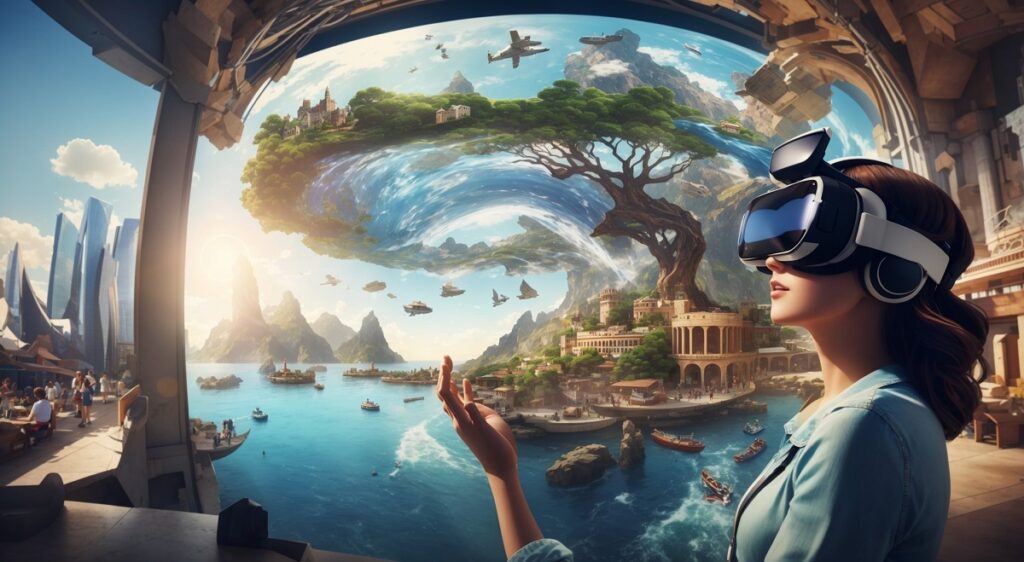
Virtual Reality is proving to be much more than a technological novelty. Its potential to educate, inspire, and enable sustainable practices holds promise for a greener future. As VR technology continues to advance and become more accessible, its role in environmental conservation will undoubtedly expand. By embracing VR, we can take significant strides towards saving our planet—one immersive experience at a time.

